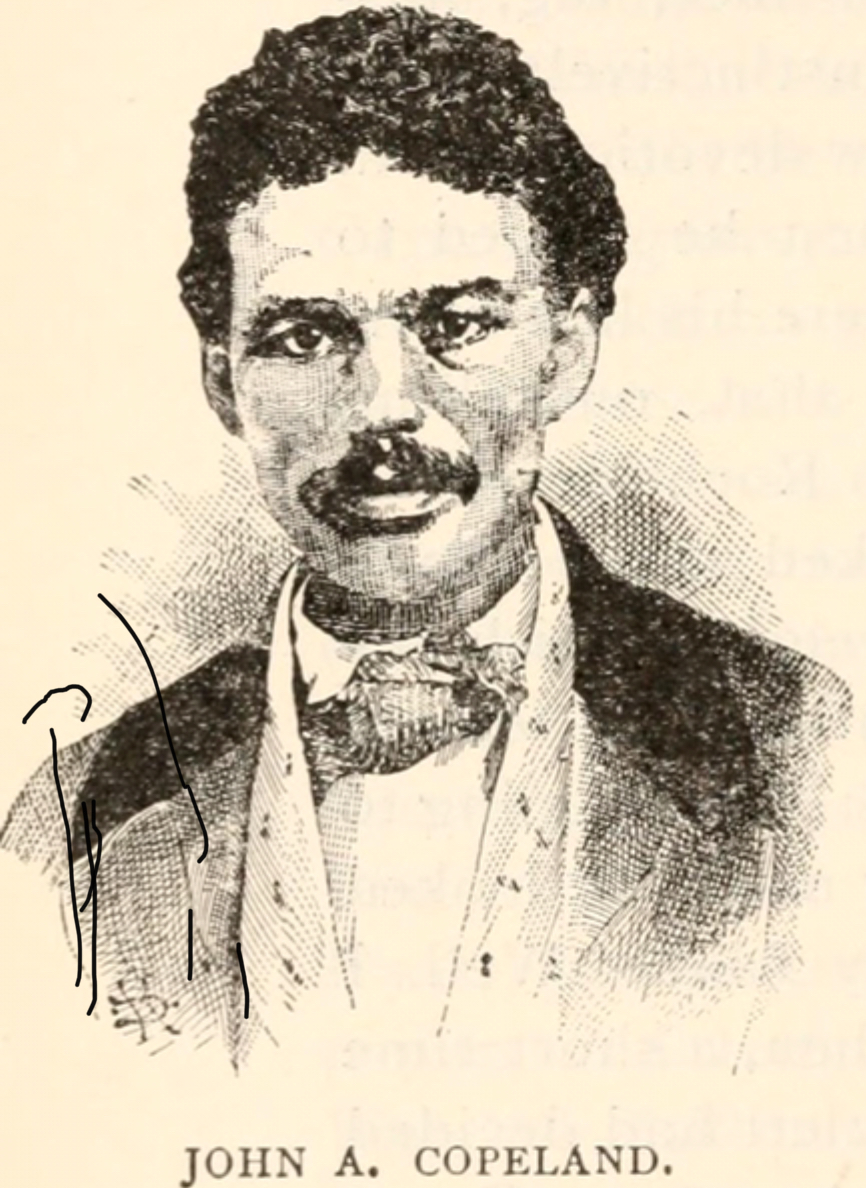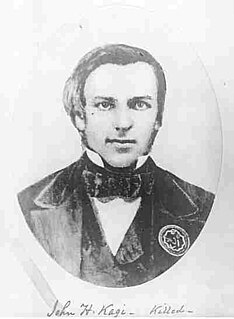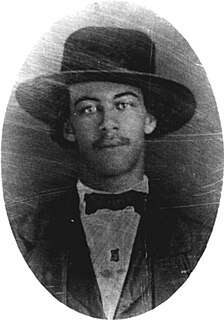 W
WOsborne Perry Anderson (1830–1872) was an African-American abolitionist and the only surviving African-American member of John Brown's raid on Harpers Ferry, and later a soldier in the Union army of the American Civil War.
 W
WBrigadier General Benedict Arnold was an American-born senior officer of the British Army who commanded the American Legion in the later part of the Revolutionary War. He is best known for his defection from the Continental Army to the British side of the conflict in 1780. General George Washington had given him his fullest trust and placed him in command of the West Point, New York. Arnold planned to surrender the fort to British forces, but the plot was discovered in September 1780 and he fled to the British lines. Arnold's name quickly became a byword in the United States for treason and betrayal because he led the British army in battle against the very men whom he had once commanded.
 W
WJohn Brown was an American abolitionist. Brown, who said that speeches, sermons, and petitions were accomplishing nothing, that "moral suasion is hopeless", saw violence as unfortunately necessary if slavery in the United States were to be eliminated. An intensely religious man who at one point studied for the ministry, and who effortlessly quoted the Bible from memory in his speeches, Brown felt that this was the work God had called him to do. He said repeatedly that he was following the Golden Rule.
 W
WJohn Anthony Copeland Jr. (1834–1859) was born a free black in Raleigh, North Carolina. In 1843 when he was a child, his family moved north to Oberlin, Ohio, where he later attended Oberlin College. He became involved in abolitionist and antislavery activities, and participated in the successful Oberlin-Wellington Rescue. Copeland joined John Brown's raid on Harpers Ferry, was captured, convicted of murder and conspiracy to incite slaves to rebellion, and hanged on December 16, 1859. There were 1,600 spectators.
 W
WBarclay Coppock was a follower of John Brown and a Union Army soldier in the American Civil War. Along with his brother Edwin Coppock, he participated in Brown's raid on Harpers Ferry. In historic documents their last name was variously spelled "Coppock", "Coppoc", or "Coppac".
 W
WLuke Day Jr. was an American military officer, revolutionary, and farmer, most familiar for his leadership role in Shays' Rebellion, for which he was convicted of high treason and sentenced to death, before being pardoned by Governor John Hancock. He was referred to as the "Master Spirit" of the insurrection, and was only passed over as overall leader in favor of Daniel Shays due to the perception of overzealousness on his part, by his men. As a lieutenant, and then a captain, he served for eight years and participated in many key battles of the American Revolutionary War, including the Siege of Boston, Quebec Expedition, Battles of Saratoga, Cherry Valley massacre, Sullivan Expedition and Siege of Yorktown. After the war, he joined the prestigious Society of the Cincinnati, which included the likes of George Washington and Alexander Hamilton.
 W
WJohn Henry Kagey, also spelled John Henrie Kagi, was an American attorney, abolitionist and second in command to John Brown in Brown's failed raid on Harper's Ferry. He bore the title of "Secretary of War" in Brown's "provisional government." At age 24, Kagi was killed during the raid. He had also been active in fighting on the abolitionist side in 1856 in "Bleeding Kansas".
 W
WLewis Sheridan Leary, an African-American harnessmaker from Oberlin, Ohio, joined John Brown's raid on Harpers Ferry, where he was killed. He was the first husband of Mary Patterson. By her second marriage to Charles Henry Langston, she became the future maternal grandmother of poet Langston Hughes.
 W
WJacob Leisler was a German-born colonist in the Province of New York. He gained wealth in New Amsterdam in the fur trade and tobacco business. In what became known as Leisler's Rebellion following the English Revolution of 1688, he took control of the city, and ultimately the entire province, from appointees of deposed King James II, in the name of the Protestant accession of William III and Mary II.
 W
WDangerfield Newby was the oldest of John Brown's raiders, one of five black raiders, and the first of his men to die at Harpers Ferry, Virginia.
 W
WDaniel Shays was an American soldier, revolutionary and farmer famous for being one of the leaders and namesake of Shays' Rebellion, a populist uprising against controversial debt collection and tax policies in Massachusetts in 1786 and 1787.
 W
WGeorge Washington was an American political leader, military general, statesman, and Founding Father who served as the first president of the United States from 1789 to 1797. Previously, he led Patriot forces to victory in the nation's War for Independence. He presided at the Constitutional Convention of 1787, which established the U.S. Constitution and a federal government. Washington has been called the "Father of His Country" for his manifold leadership in the formative days of the new nation.